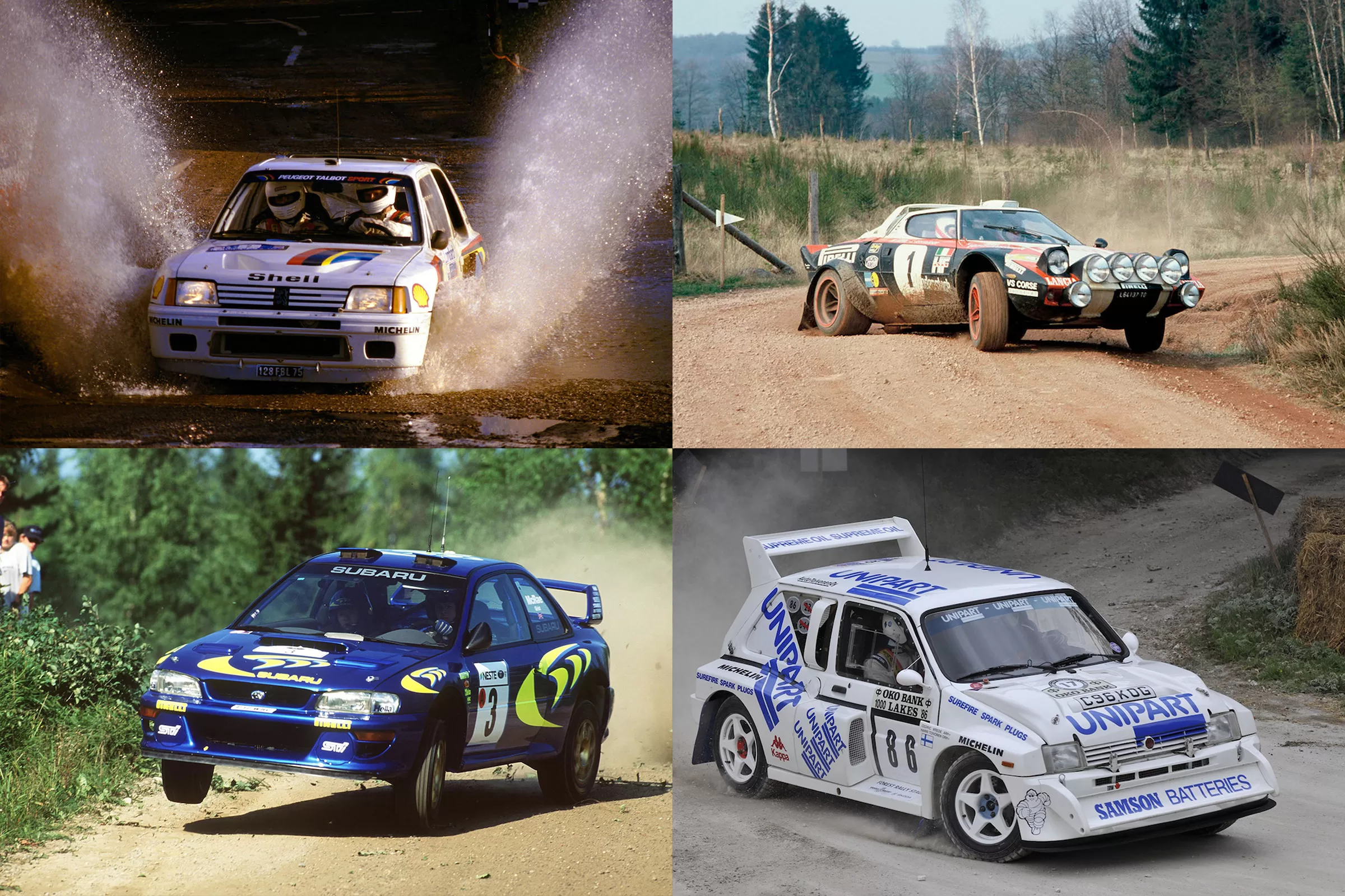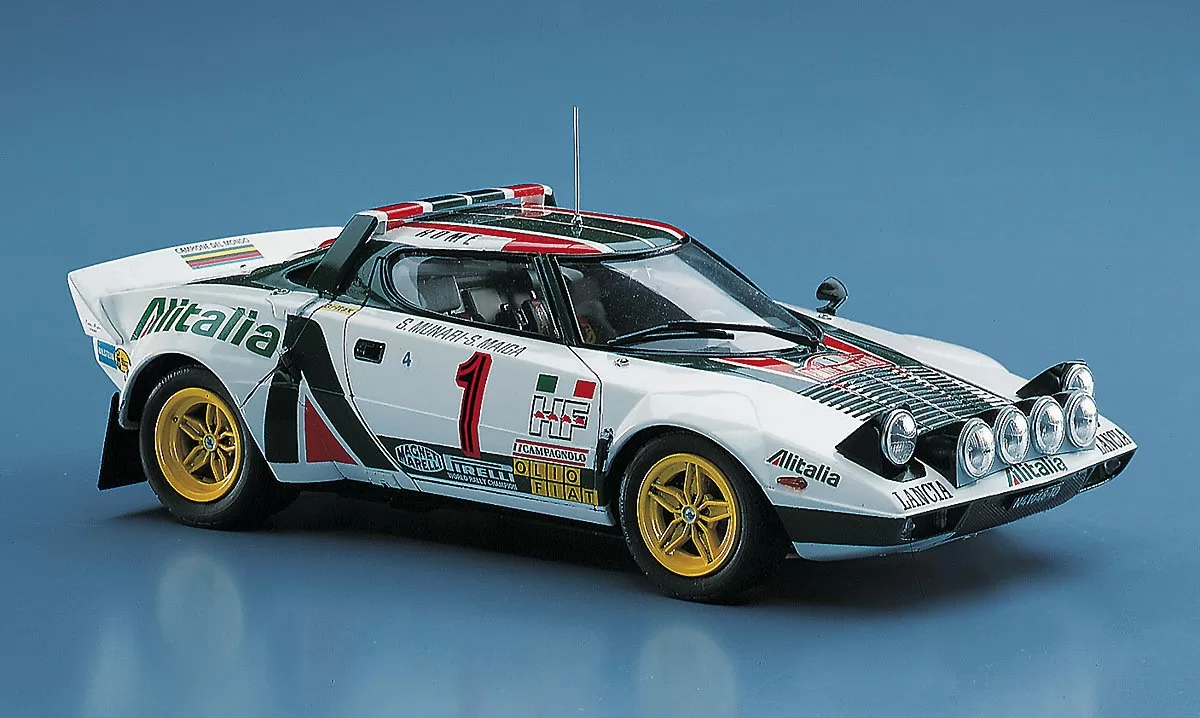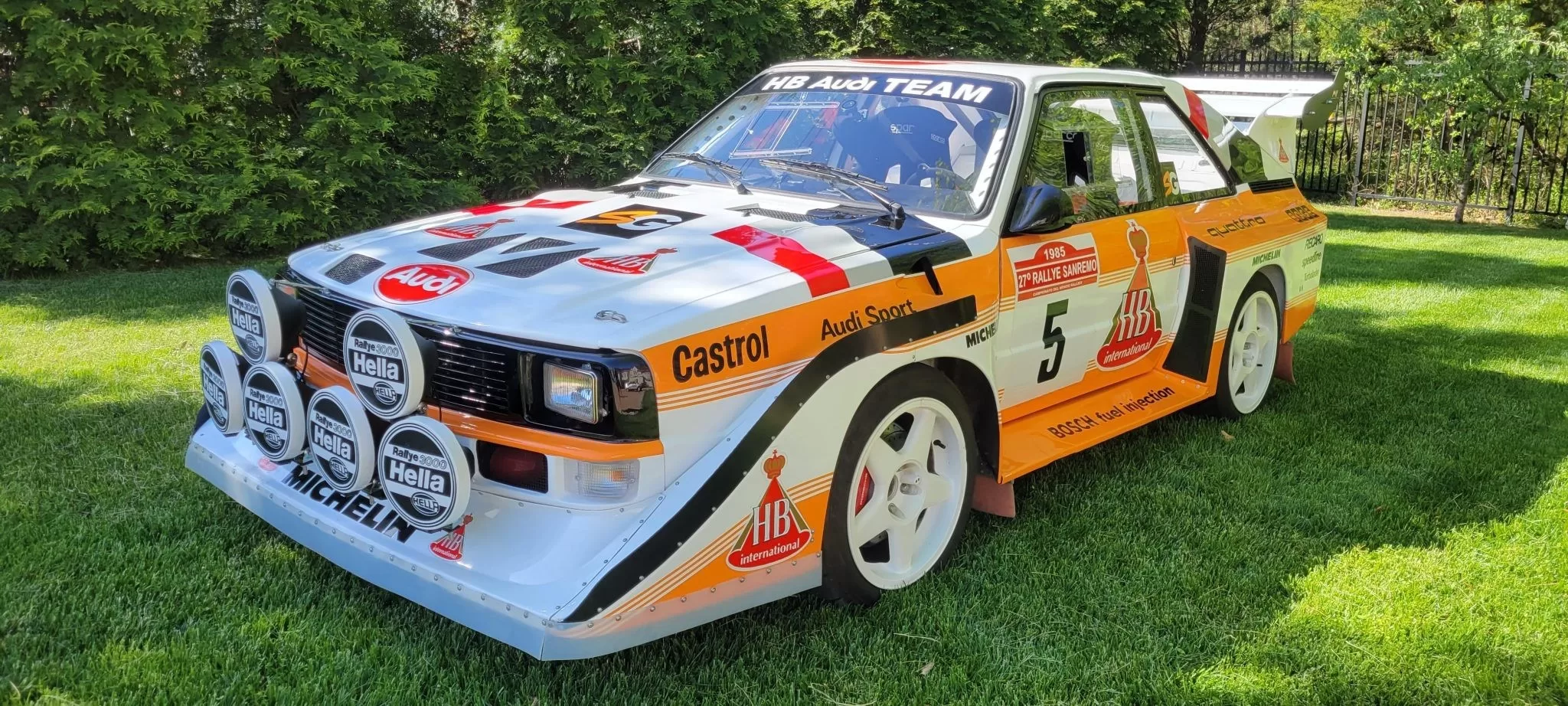Rally car classes unlike circuit racing’s open competition, rally utilizes specific classes to maintain fairness and encourage participation. Cars contend based on attributes like drivetrain, displacement, and degree of modification rather than outright performance alone.

Let’s examine the major national and international rally car classes, how they differ, and what types of vehicles compete in each. Getting acquainted with rally groups helps appreciate the diversity of machinery at events.
Rally Car Classes – International Groups
Among the most visible classes contested globally in events like WRC are:
Group A – Production Cars Modified for Racing
The Group A formula (1982-1997) allowed manufacturers to modify production models for competition provided they built roadgoing versions. Race cars could shed weight, add wider fenders, upgrade brakes, and tune engines up to 300hp while retaining standard silhouettes.

Homologation specials like the Lancia Delta Integrale, Subaru Impreza WRX, and Mitsubishi Lancer Evo became icons running in Group A. Competition remained close thanks to restrictions on unfamiliar technologies.
World Rally Cars – Bespoke Racers
Replacing Group A in 1997, the World Rally Car rules enabled purpose-built racers with aerodynamic composite bodies over dedicated spaceframe chassis. Four-wheel drive, 350hp turbo engines, and high-tech differentials deliver blistering pace on loose surfaces.

Current WRC cars resemble production models but are bespoke racing machines from brands like Toyota, Hyundai, and Ford. Budgets now determine success rather than showroom roots. WRC represents the rally’s top echelon today.
Group R – Limited Modifications、
Group R offers a middle ground between stock cars and WRC racers. Modifications build upon production platforms like adding arches for bigger tires and upgraded suspension travel. Group R provides a cost-controlled step up from amateur categories that keep driving skills paramount.

National Rally Classes
Below the world stage, amateurs compete across various groups:
Showroom Stock – Street Cars Lightly Modified
Resembling lightly tuned weekend track cars, Showroom Stock rally vehicles retain factory bodies, interiors, street legality, and most components. Upgrades focus on safety like roll cages plus minor handling and brake tweaks permitted by regulations. Showroom provides affordable entry and low barriers to entry for new drivers.

Production 4WD and 2WD – Heavily Prepped Street Cars
Allowing serious racing modifications to production models, Rally America’s Production 4WD and 2WD groups embrace substantial changes including drivetrain strengthening, suspension tuning, weight reduction, and engine output increases up to roughly 300hp. Cars require a minimum run of 2500 units. The categories provide close competition across various models and brands thanks to regulated parity.

Group B Replicas – Unlimited AWD Machines
Inspired by homologation, Rally America’s Unlimited Class has competitors build FIA Group B-inspired cars from production platforms but with nearly unrestricted output and modifications. 500 minimum units combined with AWD systems and high-strung engines reaching 500+ hp create ferocious acceleration – only recommended for experienced drivers.

Regional and Vintage Classes
Many grassroots events segment cars based on factors like displacement for fairness, or recognize historic categories for period competition. Classes help amateurs find their niche community and budget. Special stages showcase everything from vintage Mini Coopers to historic Group 4 racers competing head to head.

Understanding Rally Car Classes & Rally Groups
Whether following professionals in sophisticated WRC machinery or local amateurs, knowing the classes and permitted modifications provides context. Groups aim to foster spirited competition accessible to various experience levels rather than simply crowning outright speed champions. Rally’s diversity derives from these varied groups competing on a shared challenging stage.




